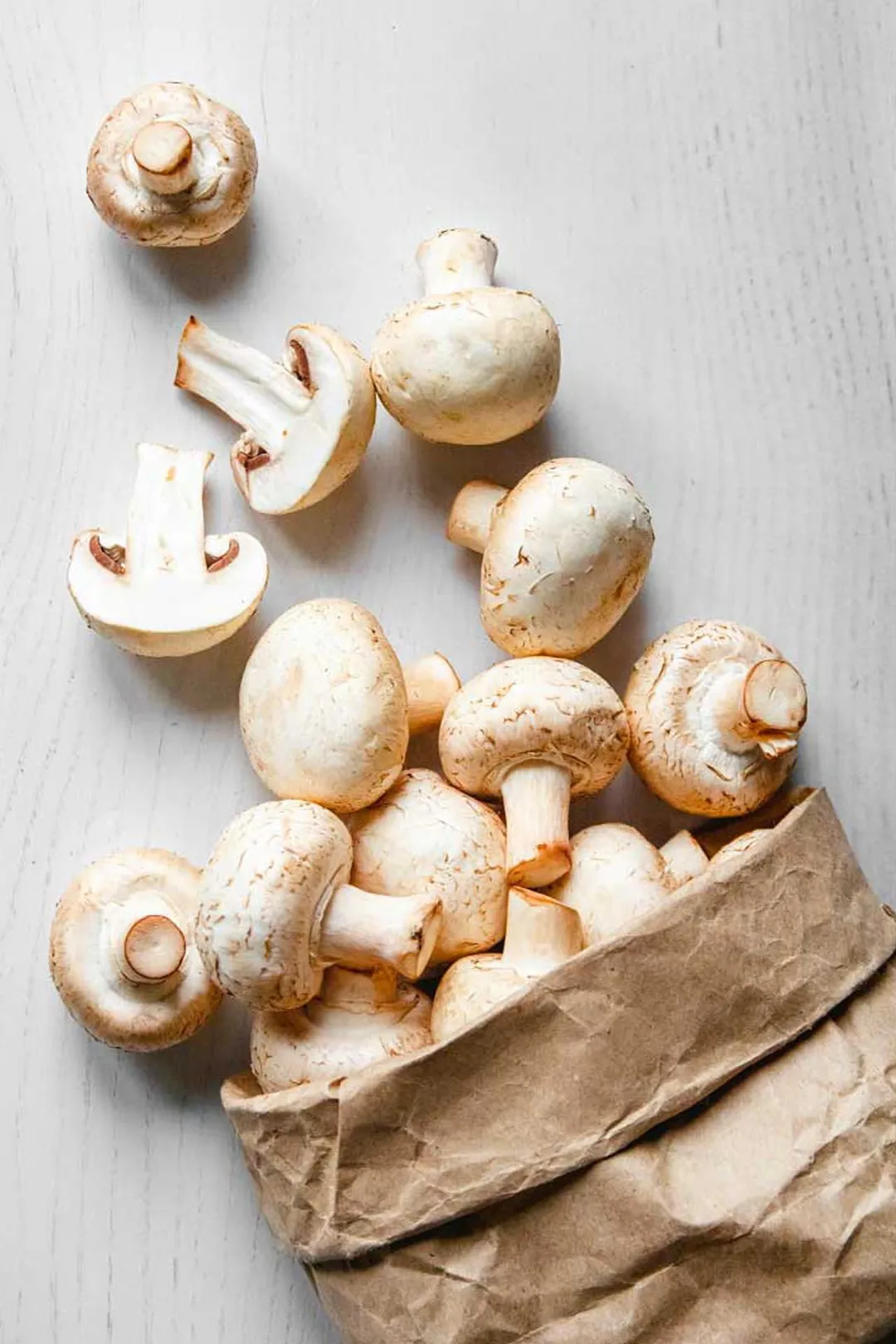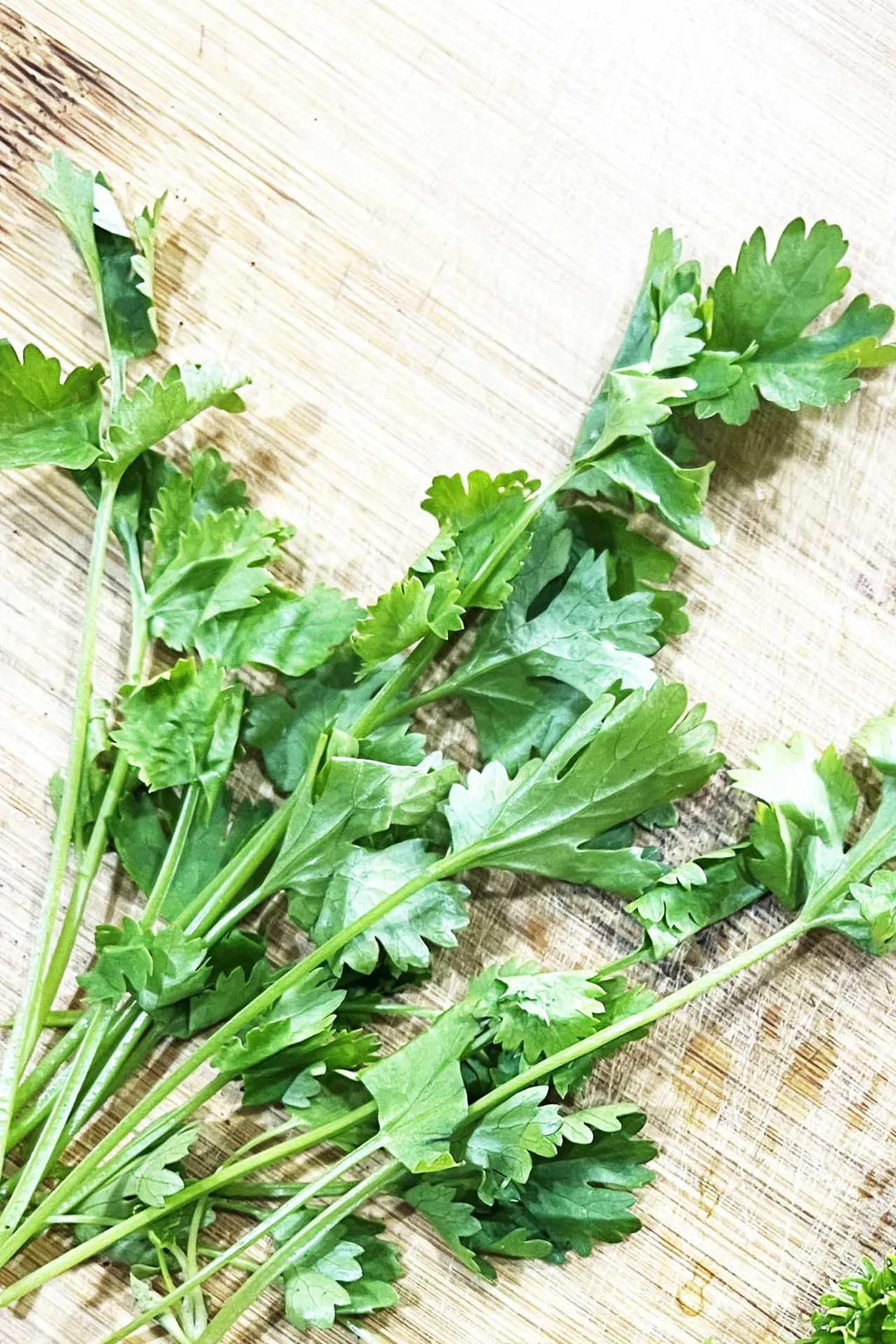Mushrooms are very delicate vegetables, which is why it’s very important for you to know how to store mushrooms correctly. Without the proper technique, they will go from firm to mushy and slimy in only a few days.
It would be a huge waste if they were to spoil before you can make use of them. Mushrooms aren’t just known for their signature earthy taste. They’re also incredibly versatile. You can add them into a wide variety of recipes (pastas, salads, soups, etc.) with excellent results.
This guide contains all the information you need to know about mushrooms and the techniques for storing them.
How to Select Mushrooms
Selecting good-quality mushrooms for storage is just as important as having the correct technique. The better the quality of the mushrooms, the longer they can last.
Inspect your mushrooms for the quality of their texture and structure.
A good mushroom should have a firm texture. Its surface should be smooth and even. Avoid any mushroom with dry or discolored patches on the skin.
If you’re able to touch the mushroom prior to purchase, they should feel slightly damp. Mushrooms are 80-90% water, so dampness is to be expected. However, they should not feel sticky or slimy.
The slime is the by-product of bacteria and fungi. It is a tell-tale sign that your mushrooms have begun to decompose.
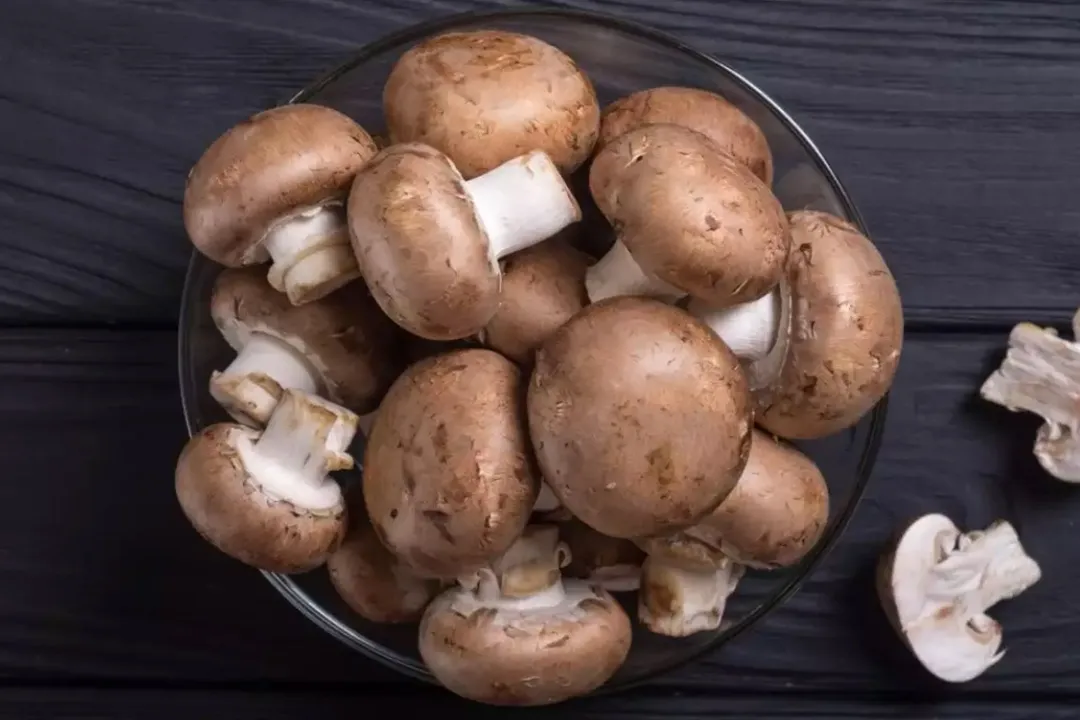
The Best Way to Store
Cooling in the fridge is the best way to store your mushrooms. The low temperature will keep bacterial and fungal activities at bay. With a few extra tricks, you can keep the mushrooms for up to a week.
Freezing is the long-term alternative. Once properly frozen, mushrooms can stay fresh for up to 3 months.
Never keep your mushrooms at room temperature. The warm temperature will allow bacteria and other fungi to thrive. They will make your mushrooms unsafe to eat in only a few hours.
How to Store Mushrooms Long Term
There are two rules you need to know about storing raw mushrooms.
The first rule that you need to know about raw mushrooms is that they are still alive. Therefore, if you want to keep them fresh, you will need to let them breathe. If you keep them in airtight containers or non-ventilated plastic bags, they will spoil quickly.
The second rule is that moisture is not your friend. Any kind of moisture will speed up the spoiling process by allowing bacteria and harmful fungi to grow on your mushrooms.
So, any vessel you use to store your mushrooms must be moisture-absorbent.
Additionally, washing the mushrooms before storage is not recommended. If there is dirt residue, scrub the outer skin of the mushrooms with a dry brush or your fingers to clear it off.
The only time your mushrooms should be in direct contact with water is prior to consumption.
1. In the Refrigerator
- In the Original Packaging
If you buy mushrooms from the supermarket, they will most likely come in special packaging. This packaging is actually the best storage vessel for your mushrooms. If you don’t plan to use the mushrooms immediately, put the whole thing in the fridge.
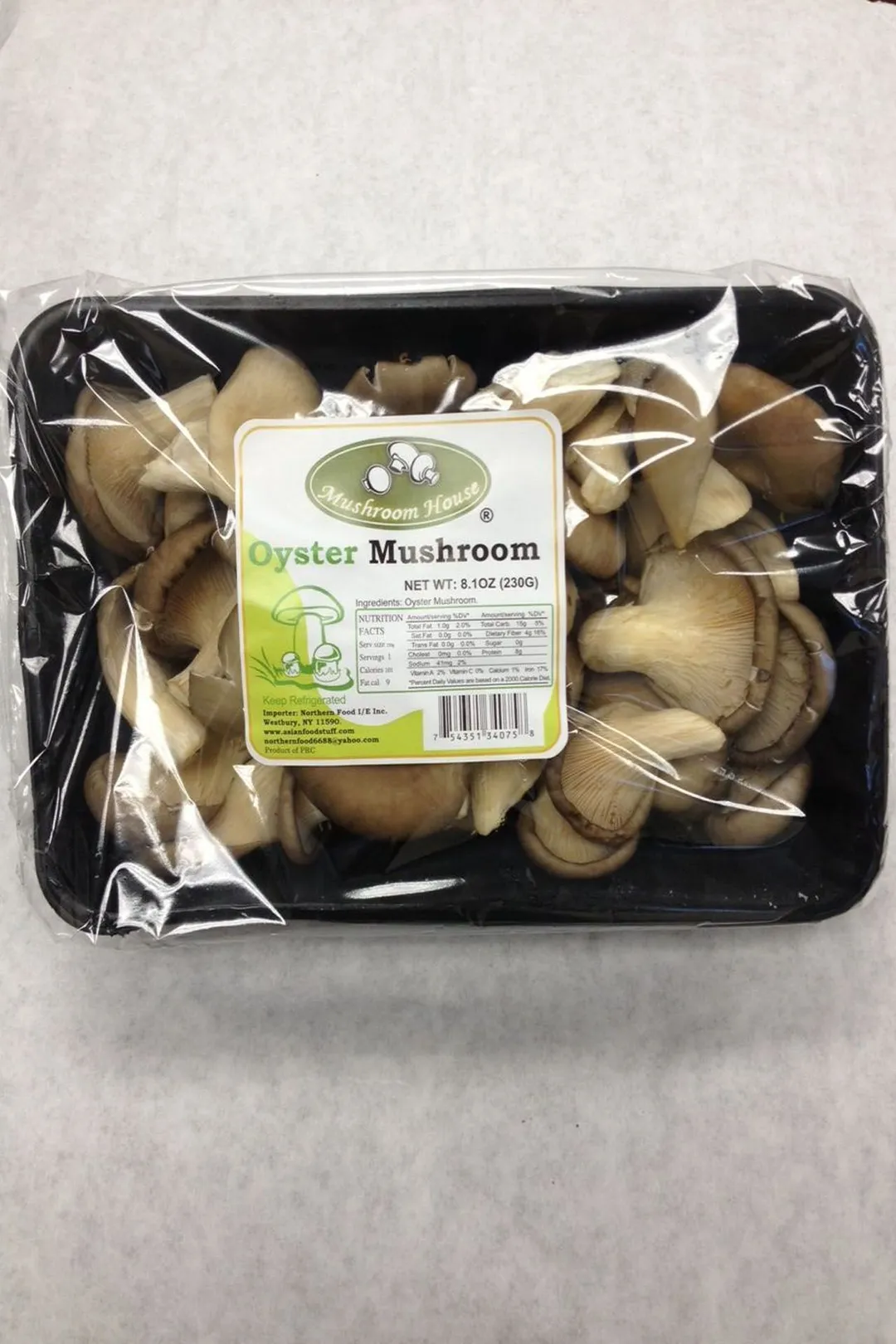
Mushrooms purchased fresh from a farmers’ market may not have that packaging, however. In that case, use either of the techniques below.
- Using Paper Bags
For this method, all you need is an ordinary brown paper bag.
Put the mushrooms into the bag, then fold down the top. Stick the bag into the main compartment of your fridge and you’re done.
A paper bag is quite breathable, so you won’t have to worry about the mushrooms choking. Paper is very absorbent, too. It will absorb any condensation and keep your mushrooms nice and dry.
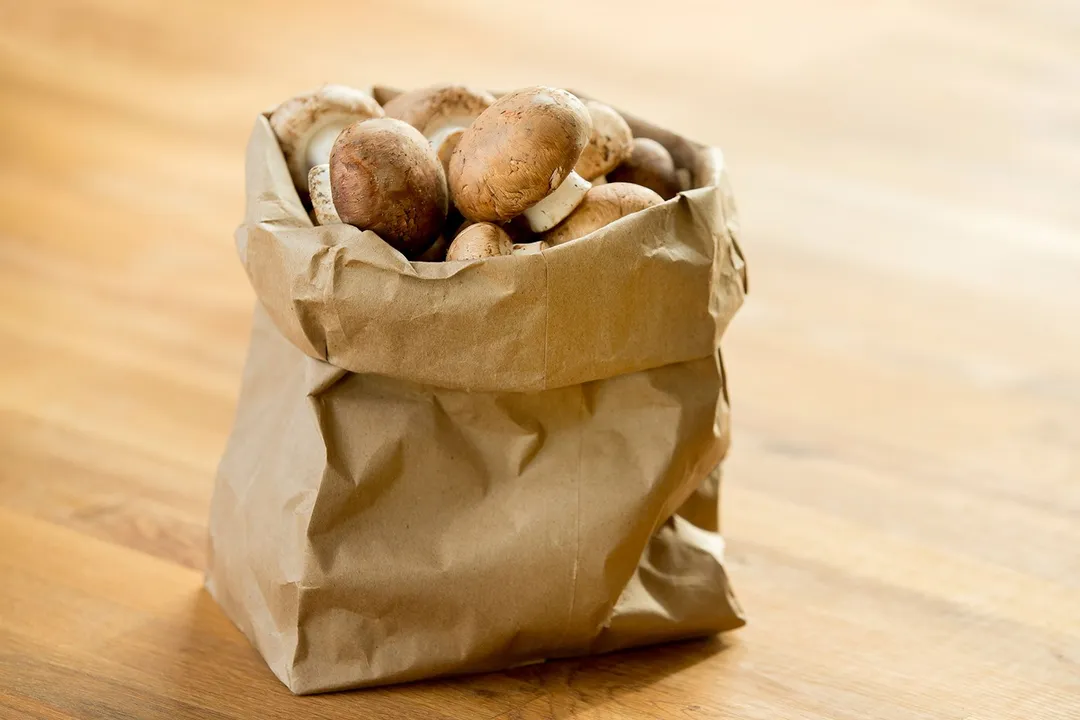
- In a Bowl
If you don’t have a paper bag, unload your mushrooms into a large bowl. After that, cover up the top of the bowl with plastic wrap.
In order to keep the mushrooms ventilated and moisture-free, poke a few holes in the plastic covering. Store in the fridge’s main compartment.
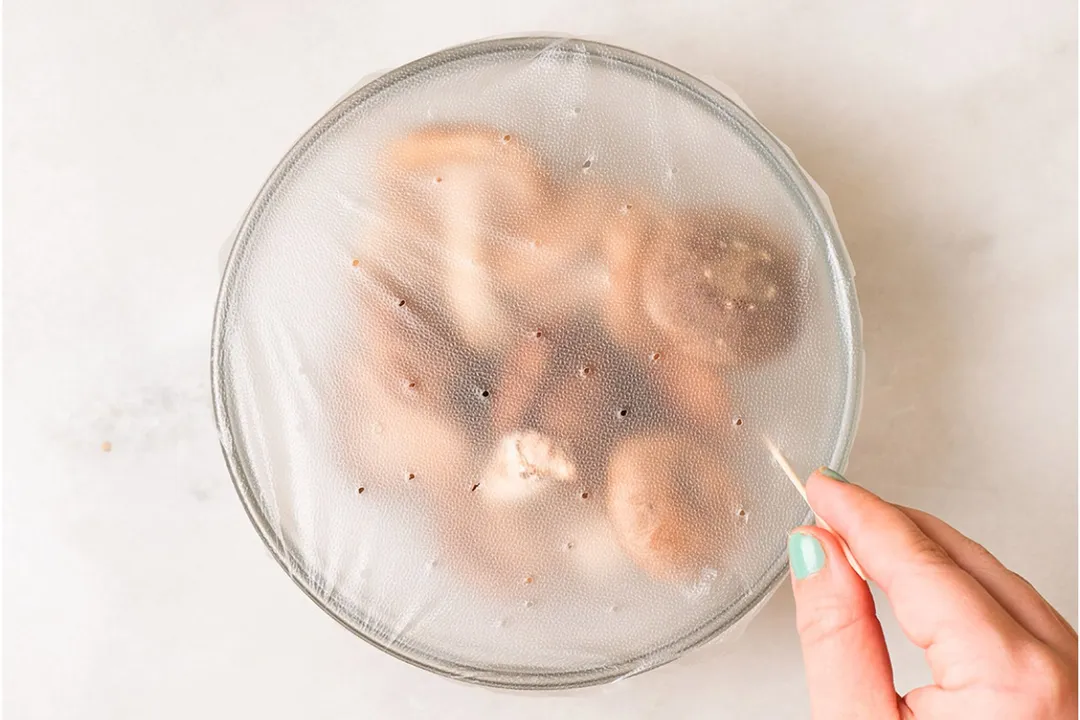
2. In the Freezer
Mushrooms can freeze fairly well, but that doesn’t mean that you can hold off for long on freezing them. The moment you get the mushrooms home, you should prepare them for freezing immediately. You shouldn’t wait until they begin to spoil before trying to salvage them by freezing them.
Before spending time in the freezer, your mushrooms have to be cooked, first. There are two ways to do this: steam-blanching or sautéeing.
- Steam-Blanching
Fill up a large pot with water and bring it to a boil. You can add a dash of lemon juice into the water to avoid discoloration.
Put the mushrooms into a steam basket. If you cut up the mushrooms, steam for 2 minutes. If you are keeping them whole, steam for 4 minutes.
Once appropriately cooked, dip the mushrooms into a bowl of ice water. The temperature shock will stop the cooking process and deactivate the mushrooms’ enzymes.
Lay the mushrooms on paper towels. They will soak up all the excess moisture.
Once dried, put the mushrooms on a baking tray and put them into the freezer. Leave the tray inside overnight.
The day after, transfer the frozen mushrooms into freezer-safe plastic bags. Squeeze as much air out of the bags as you can. Then, label each bag with the freezing date for easier management.
You can use the mushrooms within 3 months.
3. Sautéeing
Melt a knob of butter in a frying pan over medium heat.
Add the mushrooms once the butter has melted.
Stir the mushrooms for 2 to 4 minutes (2 minutes for sliced mushrooms, 4 minutes for whole).
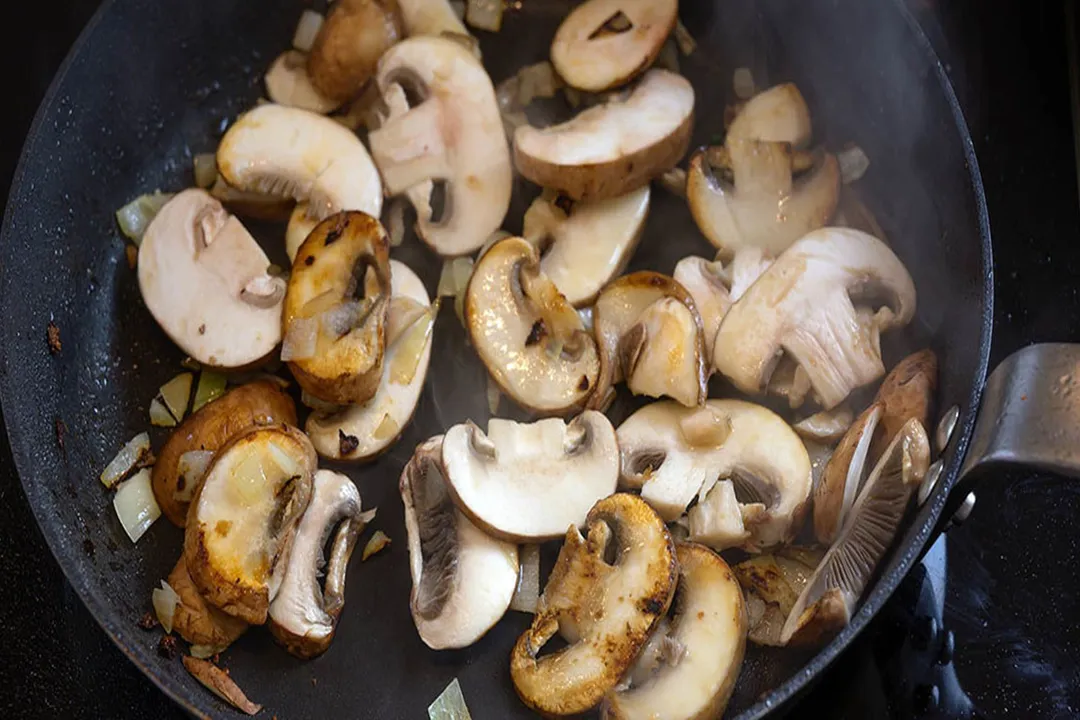
Take out the mushrooms once cooked and allow to cool.
When cooled, place the sautéed mushrooms onto a baking tray and into the freezer. Freeze overnight until solid.
Transfer into plastic bags (make sure to squeeze the air out of the bags prior to sealing), then label. Use the mushrooms within 3 months.
Conclusion
That’s everything you need to know about how to freeze mushrooms. Though they don’t last as long as other vegetables in storage, mushrooms are fairly easy to store.
Test it out in your kitchen and see how it goes!
Tuyet Pham
Head Chef, Culinary ConsultantLuna Regina
Writer, Author